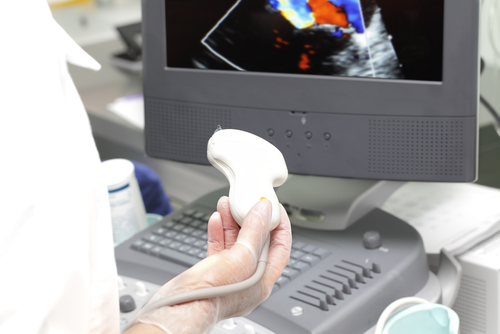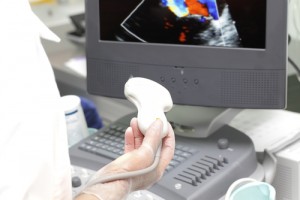Making Pulmonary Pressure Measurements Safer For PH Patients Using Ultrasound

 A group of researchers from Flinders Medical Centre and Flinders University in Australia are working to make measuring pulmonary pressures safer for patients with pulmonary hypertension. Their study, published in Critical Ultrasound Journal,investigated the use of ultrasound-echocardiography for estimating mean pulmonary arterial pressure in critically ill patients. Although the results were not on-par with those from the accepted standard, more work may refine the technique to provide a less invasive monitoring system.
A group of researchers from Flinders Medical Centre and Flinders University in Australia are working to make measuring pulmonary pressures safer for patients with pulmonary hypertension. Their study, published in Critical Ultrasound Journal,investigated the use of ultrasound-echocardiography for estimating mean pulmonary arterial pressure in critically ill patients. Although the results were not on-par with those from the accepted standard, more work may refine the technique to provide a less invasive monitoring system.
Interest in developing a new measurement technique was motivated by the lack of benefit of and increased risk of complications from measuring pulmonary pressure in the intensive care unit with a pulmonary artery catheter. The benefits of ultrasound include availability and non-invasiveness, and echocardiography has already been accepted as a measurement of systolic pulmonary arterial pressure to evaluate pulmonary hypertension severity.
[adrotate group=”4″]
Despite this utility, the preferred method to diagnose, assess severity of, and determine response to therapy for pulmonary hypertension is mean pulmonary arterial pressure. Therefore, the researchers sought to estimate mean pulmonary arterial pressure in critically ill patients with ultrasound.
For the study, 53 patients undergoing pulmonary artery catheterisation during intensive care administration were also subjected to transthoracic echocardiography. Echocardiography was able to detect mean pulmonary arterial pressure in 23 of the patients, and the difference between echocardiography- and catheter-measured pressure was 1.9 mmHg, or 7.5%, with upper and lower limits of agreement of 11.6 and -7.9 mmHg. At the beginning of the study, the team defined success as a range within +/- 5 mmHg, so they concluded the methods were not equivalent.
[adrotate group=”3″]
According to the team, their technique was “limited by the frequent inability to obtain adequate tricuspid regurgitant time-velocity” measurements in critically ill patients and the requirement for an acceptable Doppler (ultrasound) signal. However, since echocardiography gave comparable accuracy for estimated systolic pulmonary arterial pressure and mean pulmonary arterial pressure, the team believes there is potential for a less-invasive measure for critically ill patients.







